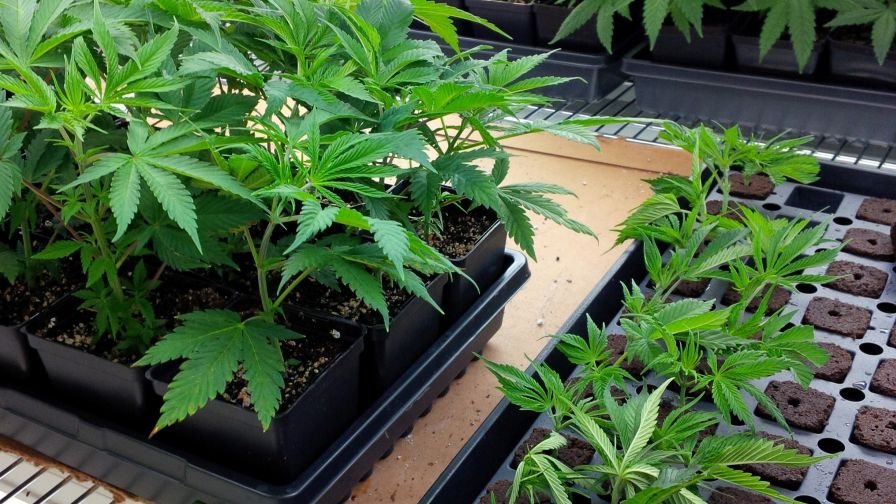Cloning plants is a simple and cost-effective way to grow more greenery from the plants you already have. This process involves creating new plants from cuttings of a healthy one. Whether you are new to gardening or looking to expand your collection, learning how to clone plants at home can help you grow your garden without buying more seeds or plants.
Pick the Right Plant
Cloning can be successful with the correct parent plant. Always choose a healthy plant with no signs of disease or pests. Some plants, like pothos, coleus, basil, and succulents, are easier to clone than others. A healthy mother plant gives your cutting a better chance of survival and growth.
Choose the Best Method
There are a few different methods to clone plants. These include stem cuttings, leaf cuttings, and root cuttings. For home use, stem cuttings are the most popular and practical. They are easy to take and have a success rate, especially for houseplants and herbs.
Use Clean Tools
Before you begin, make sure to use clean tools. Use scissors or a sharp knife cleaned with rubbing alcohol or hot water. This helps prevent the spread of bacteria or fungi that could harm your new plant.
Take Proper Cuttings
When taking a cutting, select a healthy stem and cut about 4 to 6 inches in length just below a node (the bump where leaves grow). Remove the lower leaves, leaving only a few at the top. This helps the cutting focus its energy on root development rather than maintaining leaves.
Rooting the Cutting
You can root the cutting in water or soil. Water is more manageable for beginners because you can see the roots grow. Soil is a bit trickier but works well for specific plant types. Dipping the cut end in rooting hormone before placing it in soil or water may help speed up root growth, though it’s optional.
Provide the Right Environment
New cuttings need the right conditions to root successfully. Keep the environment warm and slightly humid. Indirect sunlight is best—too much direct light can dry the cut. Ensure the soil stays moist but not soaked, as too much water can cause the stem to rot.
Be Patient and Monitor Progress
It usually takes one to three weeks for roots to develop. Be patient and check for signs like new leaf growth or white roots. If you’re rooting in water, change it every few days to keep it clean.
Transplant Carefully
Once your clone has grown enough roots—about two inches or longer—it’s time to transplant it into a pot with well-draining soil. Handle the roots gently, and water the soil lightly after transplanting. Keep the plant in a warm, bright spot as it adjusts to its new environment.
Conclusion
Cloning plants at home is a simple way to grow your garden using what you already have. You can easily grow healthy clones by choosing the right plant, using clean tools, and providing the proper care. This method saves money and lets you share your favorite plants with friends or family. Try your hand at cloning plants and watch your green space grow.










Leave a Reply